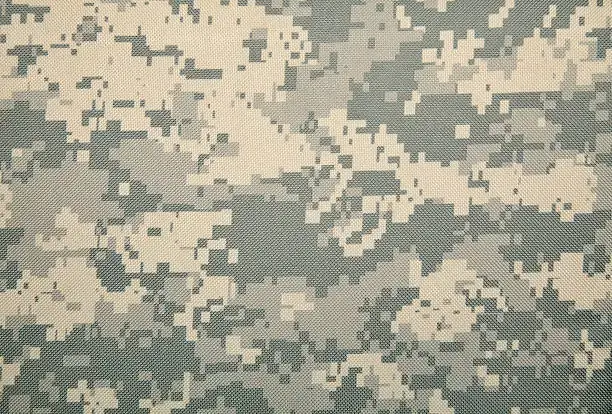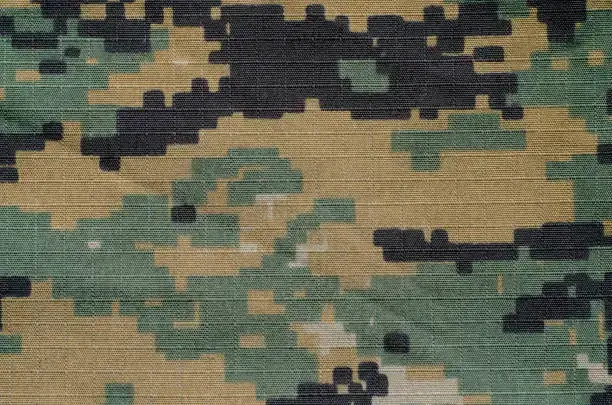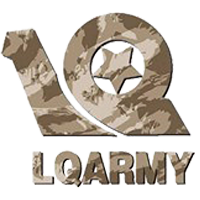Colors and patterns in tactical gear are critical for performance, user needs, and market demand. For businesses like distributors, retailers, and procurement officers, understanding these choices helps you meet client expectations and stay competitive.
This article explores what matters most about colors and patterns, from functionality to trends, and how partnering with a manufacturer like us can help you deliver the right solutions.
Why Colors and Patterns Matter
Colors and patterns affect how tactical gear performs for end-users, such as military personnel, law enforcement, or outdoor enthusiasts. They impact concealment, safety, and team identity.
For B2B partners, offering gear with the right colors and patterns meets diverse client needs, from urban police to rural military units, in a growing market.
Functionality of Colors and Patterns
Colors and patterns are chosen for practical performance:
- Camouflage Effectiveness: Patterns like Multicam, woodland, or desert camouflage suit specific terrains, such as forests or arid regions. Versatile patterns, like Multicam, work across environments while emerging technologies in adaptive camouflage show promise for future flexibility.
- Environment-Specific Colors: Black or grey blends into urban settings for SWAT missions, while green or tan suits rural operations. High-visibility colors, like orange, are used for law enforcement in crowd control or search-and-rescue roles.
- Durability and Maintenance: Fade-resistant fabrics, like polyester blends, maintain color and pattern integrity under harsh conditions, unlike nylon, which fades faster. Durable gear is a key selling point.
 Pixelated UCP camouflage fabric with grey, tan, and green shades for tactical gear
Pixelated UCP camouflage fabric with grey, tan, and green shades for tactical gear
Psychological and Branding Impacts
Colors and patterns shape perception and team dynamics:
- Psychological Effects: Dark colors like black or navy project authority for law enforcement, while neutral tones like green or tan appear less aggressive for peacekeeping roles.
- Unit Identity and Morale: Custom patterns or consistent colors build team pride, such as unique camouflage for military units or matching gear for police departments.
- Market Appeal: Civilians, like hunters, favor stylish colors like grey or Flat Dark Earth (FDE) for their modern look and versatility, driving retail sales.
Customization and Modularity Trends
Clients increasingly want gear they can adapt to specific needs. Here’s how colors and patterns play into this:
- DIY Camouflage Kits: Some users want to customize their gear’s colors or textures for unique missions. Offering kits or customizable gear allows distributors to appeal to these clients while keeping inventory flexible.
- Modulare Entwürfe: Gear with MOLLE systems or interchangeable panels lets users switch patterns or colors without replacing entire items. For example, a vest might have a woodland panel for one mission and an urban grey panel for another. This versatility is a strong selling point for buyers.
- Bespoke Solutions: Some clients, like city police or regional military units, need specific colorways, such as urban grey or desert tan. Manufacturers like us can produce small batches to meet these needs, helping you serve niche markets.
Sustainability and Eco-Friendly Options
Sustainability is becoming a priority for many buyers, including government agencies. Colors and patterns tie into this trend:
- Eco-Friendly Materials: Recycled fabrics or bio-based fibers are now used for camouflage patterns, reducing environmental impact. These options appeal to clients with green procurement policies.
- Sustainable Manufacturing: Energy-efficient dyeing processes, as noted in Welt der Textilien, create vibrant colors with less water or waste. This not only helps the environment but also lowers production costs, benefiting your business.
- Longevity of Colors: Fade-resistant dyes ensure gear lasts longer, aligning with sustainability goals. Clients value gear that stays functional and looks good over time, reducing replacement costs.
Market Trends and Consumer Preferences
Staying ahead means knowing what colors and patterns are in demand. Here’s what’s popular in 2025:
- Popular Colors: Neutral tones like grey, FDE, and coyote brown are versatile for urban and rural settings, making them top choices. Bold accents, like red or orange, are used sparingly for visibility or style.
- Emerging Patterns: Digital camouflage, with its pixelated look, is effective in dynamic environments. Geometric patterns inspired by urban designs are also gaining traction for law enforcement and civilian markets.
- Regional Preferences: Desert patterns are in demand in Middle Eastern markets, while cold-weather patterns suit Nordic regions. In North America, buyers favor lightweight, modular gear with customizable colors to suit varied needs.
 MARPAT camouflage fabric with green, tan, brown, and black pixels for tactical gear
MARPAT camouflage fabric with green, tan, brown, and black pixels for tactical gear
Partnering with Us
Als manufacturer and supplier, we help partners like you deliver gear that meets these demands. Here’s how we can work together:
- Custom Manufacturing: We offer tailored colors and patterns to match your needs, with rapid prototyping ensuring quick turnaround for unique designs.
- Qualitätssicherung: Our gear uses fade-resistant, durable materials that meet industry standards.
- Market Insights: We provide trend reports and consultations to help you stock the right products. For example, we can advise on stocking grey and FDE for urban markets or modular gear for versatile applications.
- Get in Touch: Contact us for custom quotes or to discuss how our products align with 2025 trends. Visit our product catalog or reach out through our contact form to start a conversation.
Conclusion: Staying Ahead in the Tactical Gear Market
Tactical gear colors and patterns drive functionality, perception, and sales. By understanding performance, customization, sustainability, and trends, you can serve clients effectively. As the industry evolves with new patterns and eco-friendly materials, partnering with us ensures access to quality products and insights.
Reach out to discuss your needs. Let’s deliver gear that meets 2025 demands.


